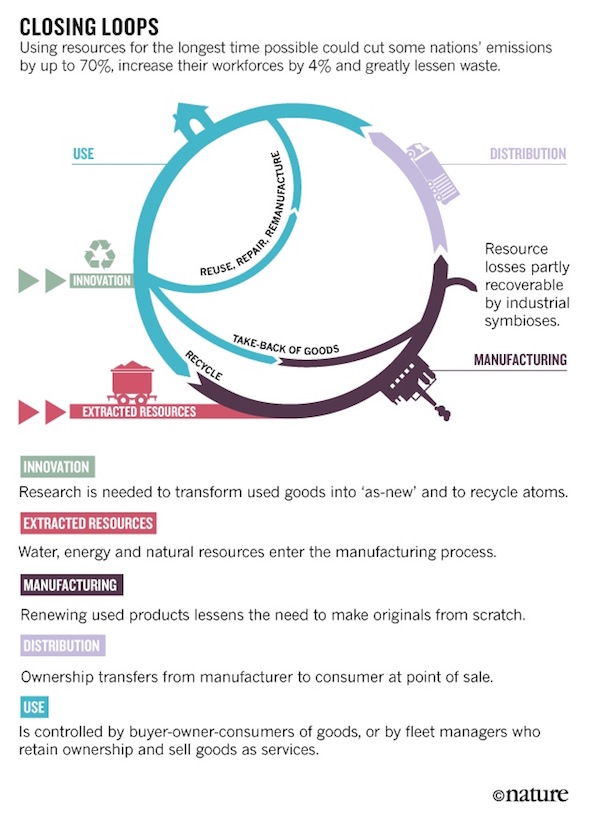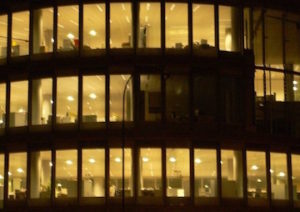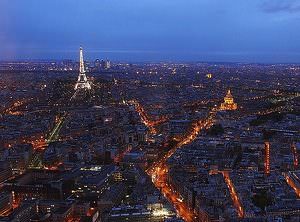A ‘Circular Economy’ Could Save Resources and Energy and Create Local Jobs
Profound, unnecessary waste characterizes our relationship with the goods and materials of everyday life. “There is an alternative,” explains Walter Stahel, a veteran sustainability architect.
Profound, unnecessary waste characterizes our relationship with the goods and materials of everyday life. “There is an alternative” that could save resources and energy and create local jobs, explains veteran sustainability architect Walter Stahel.
Stahel is “founder and director of the Product-Life Institute in Geneva, Switzerland,” writes Nature, where his article appears. “He is also a member of the Club of Rome and a visiting professor at the Faculty of Engineering and Physical Sciences, University of Surrey, UK.”
Stahel writes:
A ‘circular economy’ would turn goods that are at the end of their service life into resources for others, closing loops in industrial ecosystems and minimizing waste (see ‘Closing loops’). It would change economic logic because it replaces production with sufficiency: reuse what you can, recycle what cannot be reused, repair what is broken, remanufacture what cannot be repaired. A study of seven European nations found that a shift to a circular economy would reduce each nation’s greenhouse-gas emissions by up to 70% and grow its workforce by about 4% — the ultimate low-carbon economy (see go.nature.com/biecsc).
The concept grew out of the idea of substituting manpower for energy, first described 40 years ago in a report to the European Commission by me and Geneviève Reday-Mulvey while we were at the Battelle Research Centre in Geneva, Switzerland. The early 1970s saw rising energy prices and high unemployment. As an architect, I knew that it took more labour and fewer resources to refurbish buildings than to erect new ones. The principle is true for any stock or capital, from mobile phones to arable land and cultural heritage.
Circular-economy business models fall in two groups: those that foster reuse and extend service life through repair, remanufacture, upgrades and retrofits; and those that turn old goods into as-new resources by recycling the materials. People — of all ages and skills — are central to the model. Ownership gives way to stewardship; consumers become users and creators. The remanufacturing and repair of old goods, buildings and infrastructure creates skilled jobs in local workshops. The experiences of workers from the past are instrumental.
.
A graphic provided by Nature illustrates how such an economy would work:
 —Posted by Alexander Reed Kelly.
—Posted by Alexander Reed Kelly.
Independent journalism is under threat and overshadowed by heavily funded mainstream media.
You can help level the playing field. Become a member.
Your tax-deductible contribution keeps us digging beneath the headlines to give you thought-provoking, investigative reporting and analysis that unearths what's really happening- without compromise.
Give today to support our courageous, independent journalists.






You need to be a supporter to comment.
There are currently no responses to this article.
Be the first to respond.